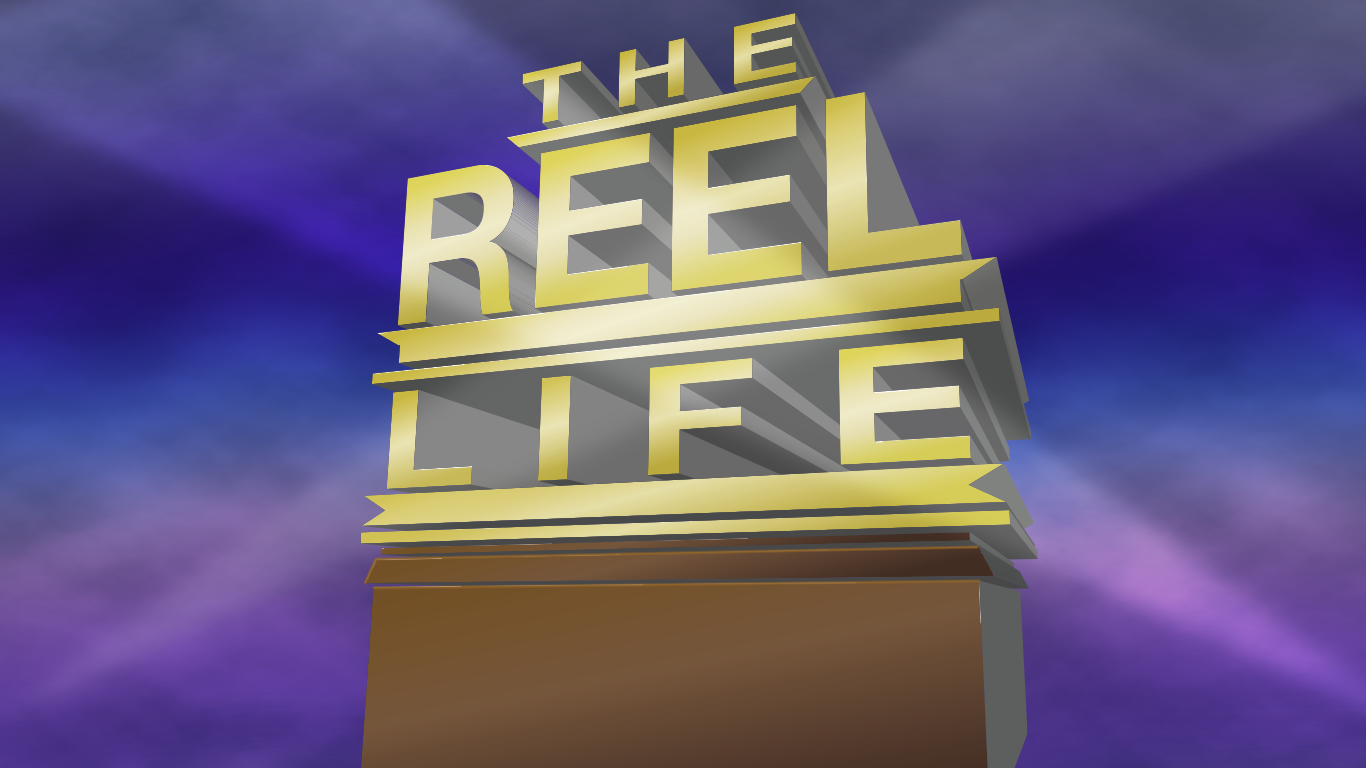From the frontier to the wasteland
“Everybody loves you when you’re six-foot in the ground.”–John Lennon, “Nobody Loves You (When You’re Down and Out)”
The probable intention of this line is in reference to the human life, which becomes infinitely more valuable and respected after its demise. Look at the evidence: the urn sitting upon the mantelpiece, bookended by posthumous lifetime achievement awards. While this interpretation is certainly true, I would like to take this opportunity to take the line and stretch it beyond its original meaning.
Just as heaps of praise are cast on dead ears, similar acclaim is cast on dead eras. The Wild West genre has become a symbol of unbridled freedom and uncomplicated living, despite horrid living conditions. The western was, for this era, a reminder of how great we were and are — like looking in the mirror and seeing a 10-years-younger version of yourself. The 1960s ushered in the spaghetti western, which lacked the “rah-rah” romanticism of its forefathers. Instead, it was cynical, nihilistic and morally cryptic — a reflection of times that included dead presidents, crooked presidents and escalations of ambiguous wars. Rock ‘n’ roll has been described as the greatest middle finger ever extended from one generation to another, but the spaghetti western should, at the very least, be in contention. After the late-1970s, the western genre dried up, other than a few hoarse gasps for air. To this day, the western hasn’t quite been able to wiggle its way back into the public consciousness. This is because everything the western represented has been replaced in our collective heart with another.
In the 2000s, the post-apocalyptic genre rose from the ashes of the western and skyrocketed — Slim Pickens in-tow — in popularity. The genre satisfies the subconscious yearnings of simple living and total freedom; it often includes stark landscapes and homemade justice. It takes our plugged-in world, strips it naked and sends it out in shame. In its youth, the genre assumes the wisdom that the western took a lifespan to accumulate — the dream of every parent.
The only real difference between the two is that the post-apocalyptic genre contains an inciting event, usually nuclear annihilation or those pesky zombies. These catastrophic events cast a topical light over the films. The only blatant, topical card a western can play is that of the Civil War, but like its “heroes,” the western doesn’t play cards unless there’s something to gain.
So now the questions is, why the switch? If both genres essentially offer us the same variety of stimulation and are aesthetically akin, then why does the popularity of the two fluctuate between one another? It could be due to a mere string of hits for one genre and, perhaps, a string of flops for the other. Or, more likely, looking back has become somewhat straining on the allegorical neck, whereas looking forward is effortless.
Maybe now, one grim wasteland feels closer to home than the other. In a world rapidly shrinking due to the internet, where people are tripping over wires and becoming soft in the belly and brain without challenge, we subconsciously yearn for destruction—to smooth out knotty civilization and start again. Perhaps, as the line suggests, only once the Earth is six-foot in the ground will we truly love it.
Before a janitor falls asleep on the red button, visit www.HunterLanier.com for some momentary pleasure.

